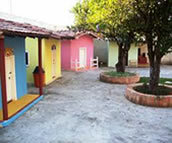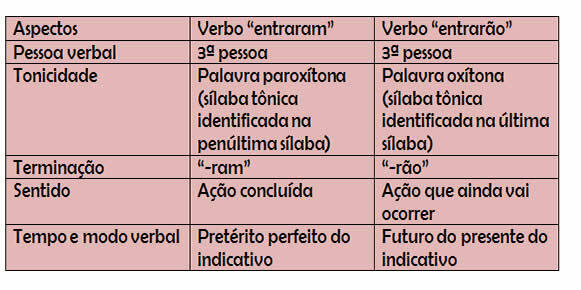Is it really possible that poetry is everything we write in verse and prose is that which is not written this way? Well, the time has come to learn a little more about the differences between these two modalities.
For this, we will look at this first example:
SLEEP STREET… IT'S ALL DARK!…

Sleep in the street… It's all dark…
And my footsteps, who can hear them?
Sleep your peaceful and pure sleep,
With your lamps, with your peaceful gardens…
Sleep… There are no thieves, I assure you…
No guards to chase them…
In the dead of night, as on a wall,
The little stars sing like crickets…
The wind is sleeping on the sidewalk,
The wind twisted like a dog...
Sleep, little street... There's nothing...
Only my steps... But so light are,
Which even seem, at dawn,
Those of my future haunt...
Mario Quintana
From the book: Poetic Anthology for Childhood and Youth, Ed. Henriqueta Lisboa, Rio de Janeiro, INL: 1961.
Second example:
Sleeping Beauty 
Once Upon a time... a king and queen who wanted a baby badly. One day a girl was born, the so desired princess.
When she was one year old, the king threw a party inviting the owner of the neighboring lands, with his little son.
During the party, three fairies arrived to present the princess. The first wished him beauty; the second wished him beauty. But before the third could say her wish, a sorceress appeared and cursed:
- When you turn 15, girl, you will stick your finger in a spindle and you will die.
And saying that, she disappeared.
To everyone's astonishment, the third fairy spoke:
- No, the princess will not die. She will fall into a deep sleep, because that is my wish, and she will wake up afterwards with a kiss of love.
The king was very scared and ordered them to burn all the spinning wheels in the kingdom to free the princess from the witch's curse.
Some time later... the girl, who had already turned 15, possessed all the virtues bestowed by fairies and was loved by all. One day walking through the castle she came to the highest tower. When she opened the door, she found an old woman spinning linen. She was the sorceress, in disguise.
The princess was very interested, as she had never seen a machine like that and wanted to spin too. When trying, she stuck her finger and soon fell asleep. The same happened to all the inhabitants of the castle.
The fairies soon learned what had happened and rushed to the castle and took the princess to her quarters. The prince was soon informed of what had happened.
And the witch, knowing that the prince would try to save the girl, wanted to hide the castle and made a forest grow around it, just like that, suddenly, by magic.
The prince left immediately to save the princess. But when he arrived, he found the forest closing off all paths. Disoriented, he didn't know what else to do, then he remembered the fairies and asked them for help. These then made an ax appear in their hands.
And it was with him that the prince opened the way and was able to enter the castle. He reached the tower, approached the princess and kissed her. She woke up, beautiful, beautiful!.
Thus began a new era of happiness for everyone.
Grimm Brothers
In the first text, we realized that the emotion, the feelings are just under the skin, isn't it true? It is exactly for this reason that we classify it as “poetry”, since the author, in this case, Mário Quintana – an important poet, speaks of reality from the inside out. This means that each reader can interpret it differently, as it is constituted by an aspect unique – subjectivity, that is, the different opinions people have about a given subject matter. Another extremely important factor is that in poetry there is no continuous sequence, expressed by the beginning, middle and end. Did you notice the reticence? They exist for each of us to interpret in our own way.
Not forgetting the rhymes, the sound, in short, all the magic it transmits to us, isn't it?
In the second example, we can see that despite not being a true story, it has a more complete logic, as the unfolding of events follows a sequence (beginning, middle and end). Another aspect is that the author writes from his observation from the outside to the inside, so we can consider that it is a totally objective text, because it does not allow us to make multiple interpretations, only one.
Did you see how easy it is for us to differentiate? From now on it's quite possible that you won't have any more doubts, right?
Take the opportunity to check out our video lesson related to the subject:


